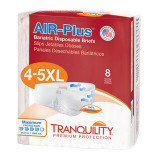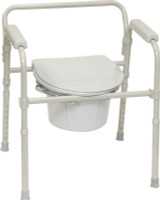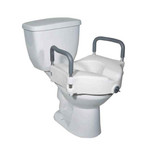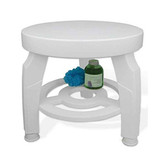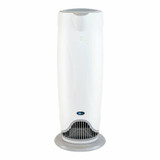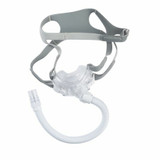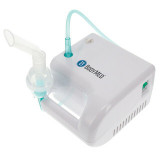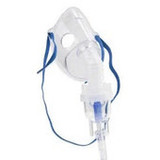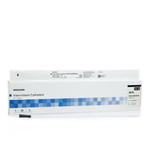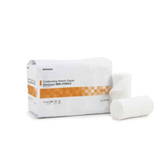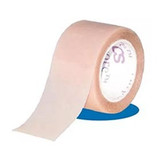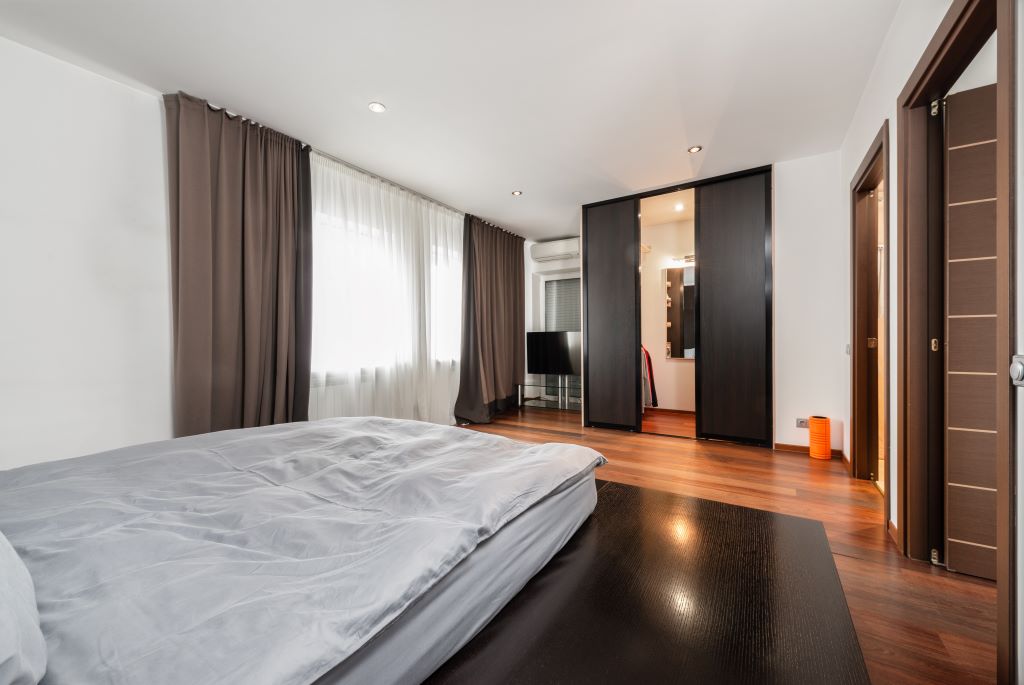
Coping with Sensory Impairment
Sensory impairment or degradation refers to the gradual decline in the functioning of one or more of the five senses, vision, hearing, taste, smell and touch. It is a natural part of the aging process, but it can also be caused by certain medical conditions or prolonged exposure to aggravating causes such as noise. Understanding sensory degradation and recognizing the signs early enough may help us to adapt our lifestyle and environment to delay the onset or minimize its impact on our daily lives.
Sensory impairment often leads to difficulties in communication, such as hearing loss affecting conversations or vision loss, making it challenging to read or recognize faces. This can create frustration and cause a person to withdraw from social situations. Reduced sensory function can also affect independence, making simple tasks like cooking, navigating, or enjoying hobbies more challenging. Furthermore, sensory degradation increases the risk of accidents, as people may be unable to perceive potential dangers in their environment.
As with most medical conditions, recognizing the signs early on can vastly improve one’s prognosis. Early detection facilitates timely medical intervention and the adoption of coping strategies to minimize the impact on daily life. Regular medical checkups, including hearing and vision tests, will help identify subtle changes that may otherwise go unnoticed until it’s too late.
Coping Strategies for Vision Loss
Many medical vision loss conditions, such as cataracts and glaucoma, can be treated, and short- or longsightedness can sometimes be corrected with laser surgery that alters the cornea surface to compensate for the lens. However, the majority of people would probably opt for a non-invasive solution. Thankfully, modern technology gives us a lot of options nowadays. Let’s take a look at some:
· Magnifiers, which can be handheld or mounted on glasses, help people read books, newspapers, or other printed materials by enlarging the text.
· Screen readers are software applications that convert text on a computer or mobile device screen into synthesized speech or braille output. They enable individuals with visual impairments to access digital content, including websites, documents, and emails.
· Voice-activated assistants, such as Amazon's Alexa or Apple's Siri, can assist individuals with vision loss in performing certain tasks, such as setting reminders, making phone calls, or controlling smart home devices.
Another important coping mechanism is to create a safe environment to reduce the risk of accidents for people with impaired vision. We’ll have a brief look at some of the home safety tips, although you can also read this detailed guide for more information.
· Use bright, even lighting throughout the living space, and consider task lighting for specific activities like reading or cooking. Lighting is especially important on stairs and uneven surfaces.
· Use contrasting colors to make objects and surfaces more distinguishable. For example, use dark-colored plates on a light-colored tablecloth and place contrasting tape on the edges of steps.
· Clear walkways by removing clutter and loose carpets that can increase the risk of tripping and falling.
· Use assistive devices such as canes or walkers to provide extra balance and stability. Grab bars and rails can also reduce the risk of falling, particularly in the bathroom and kitchen, where the floors tend to get wet.
Hearing Loss
According to a National Institute of Health report, 15% of American adults have some degree of hearing loss, and the 60 to 69 age group is the most vulnerable. While some cases of hearing loss can be corrected with surgery, many people rely on assistive devices.
The simple hearing aid is the most common device. According to the National Institute for Deafness and Other Communication Disorders, almost 30 million Americans can benefit from a hearing aid. However, less than a third of these people have ever used one.
For a first-time user, choosing a hearing aid is no easy task. There are hundreds of options that range in price from under $100 to more than $5,000 and from very visible behind-the-ear to invisible in-the-ear devices. Your insurance may cover some hearing aids, so it’s always good to ask. Even if not covered, some insurers may have agreements with suppliers for discounted prices.
Apart from sound amplification technology, other options include visual aids like picture boards or speech-to-text transcription applications. Smoke alarms and doorbells can be linked to a flashing light to provide a visual clue of an event.
Losing Touch
The sense of touch may, to some, seem less disruptive to daily life, but it should never be underestimated. Losing the sense of touch can have severe emotional consequences. Losing the sense of touch also brings physical risks. Being insensitive to heat, burns may be more severe, for example.
Most cases are caused by injury or nerve damage. Age is also a factor, as impaired circulation reduces blood supply to the nerve endings. Surgery can sometimes restore the sense of touch, but most people would need to make lifestyle changes. For example, people with diabetes must keep a closer eye on their glucose levels to avoid further peripheral neuropathy.
The vibration of haptic devices can also partially replace the lost sense of touch. Ongoing research in this field shows a lot of promise, and many types of haptic devices and wearables are available.
Taste and Smell
While the loss of taste and smell is seldom permanent, it is not without its risks and side effects. The condition is usually triggered by an infection or certain medications. The two senses are very closely linked, so it is common for both to be lost simultaneously and to return together once the underlying cause has cleared up.
Besides medical treatment for infections, lifestyle changes such as quitting smoking will help restore taste and smell. When the loss of senses is protracted, or where the senses have become distorted, olfactory training is used to retrain the senses. Research efforts are underway to develop assistive devices, but, at the moment, none are commercially available.
In Closing
Losing any of your senses has a profound impact on your daily life and your emotional and general well-being. With some lifestyle changes and regular medical checkups, the onset of sensory impairment can be delayed or the effects reduced. In many cases, assistive devices can go a long way to helping you cope and maintain your independence and dignity.
At LL Medico, we understand the challenges, and we strive to provide a comprehensive range of products and assistive devices to help you manage this burden. Whether you need diabetic supplies, mobility aids or grab bars and rails, we have your back. Call us at (855) 422-4556 or mail us at [email protected]. We’re here to help.












